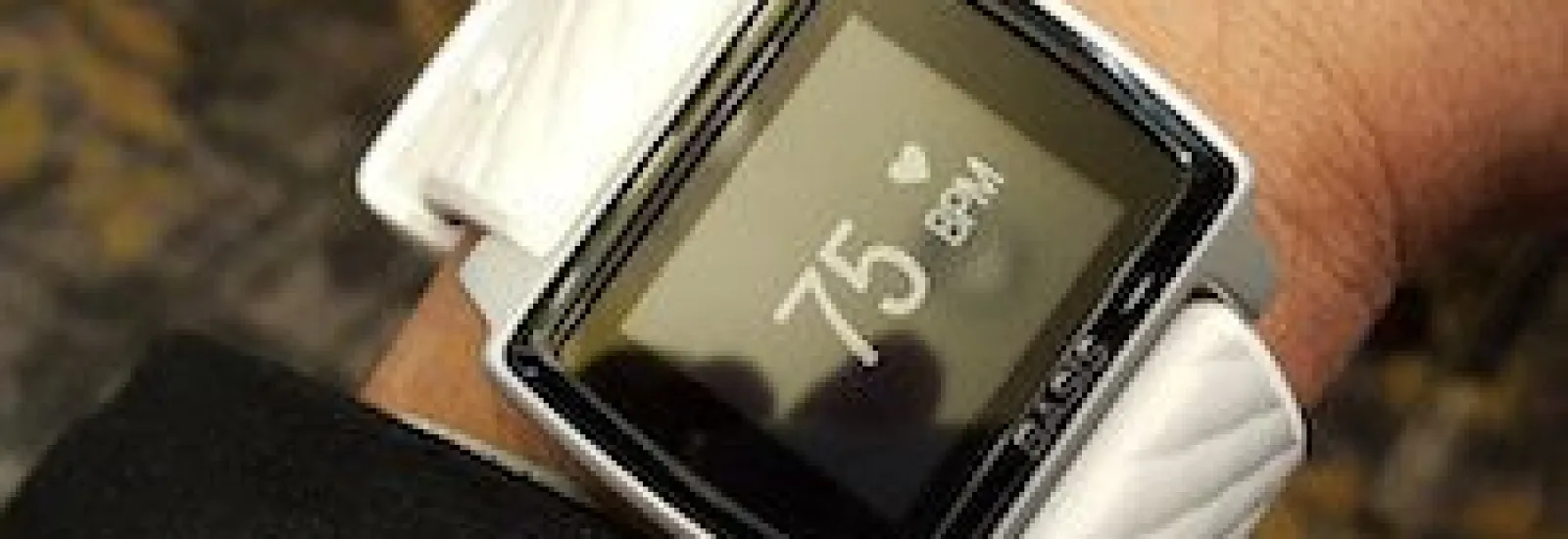
How fitness trackers benefit you
Between Christmas gifts and New Year’s resolutions you may be the proud new owner of a fitness tracker. You may wonder what the benefits of these trackers are and how they can help improve fitness. Here are some tips if you’re figuring out your new gadget:
Motivating your workouts
According to a study published in the American Journal of Preventative Medicine fitness trackers could increase physical activity among older women. This finding may be significant as the Harvard Health Letter explained that the tools may help you be more accountable to yourself. This is because you can see exactly how active you’re being — or how sedentary you are.
Fitness trackers are more accurate than hand-logging your activity in a journal or notebook because we aren’t objective when we’re looking at our own progress. Trackers are cold impartial judges — they simply report our activity back to us.
If you set a goal such as increasing your steps by 1000 per day you’ll immediately get feedback on that goal and whether you achieved it. This can motivate you to build on progress and increase your movement and exercise.
Tracking your activities
One of the simplest measures that almost all fitness trackers monitor is daily steps. Just like a simple pedometer the tracker will count how many steps you take every day. A general guideline for maintaining healthy behavior is 10000 steps per day.
Steps can be a helpful metric but they’re not the only one to follow. More fitness trackers are offering heart rate monitoring as well — all without a chest strap. They’re usually wrist-worn and shine a light on the blood vessels in your wrist using a sensor to detect the change in blood flow that happens with every beat of your heart explained Sanjay Gupta M.D. on Oprah.com.
Aerobic exercise which can improve your endurance and the fitness of your heart should happen at 60 percent to 80 percent of your maximum heart rate the Harvard Health Letter noted. To determine your maximum rate subtract your age from 220.
Some trackers also monitor your sleep letting you know how restless you were during the night. Gupta says these trackers can often overestimate how long and well you’re sleeping but a gauge can be helpful and you can still track improvement or correlate poor sleep with a particular factor in your life.
Making the most of it
The benefits of a fitness tracker only happen if you use it. Choose one that suits your habits. For example if you won’t remember to charge it every few days look at models that have long-lasting batteries. Or if taking it off to shower means you’ll likely forget to put it back on consider a waterproof model.
Once you’ve chosen the right model for you you still have to use it track the data and improve your behavior. The Mayo Clinic recommended determining your baseline and seeing your current activity level. Set achievable goals. If you’re starting at 2000 steps a day try adding 1000 more steps to your day every day for two weeks. When you meet that short-term goal set a new one. You should also set longer-term goals. For example maybe your long-term goal is to work up to 10000 steps a day which is approximately five miles for five days per week.
Whatever your goals make sure to talk to your doctor before starting any new exercise or fitness program.

